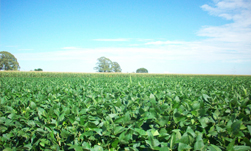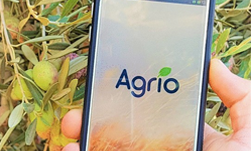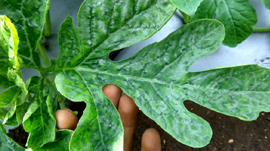The Earth isn’t getting any bigger, so we need to start finding more efficient ways to feed the projected 10 billion people by 2050 using the same amount of land.
WIRED recently published an article highlighting several examples of how artificial intelligence technology can be used to tackle this challenge:
Crop Disease Diagnosis
Researchers from EPFL in Switzerland and Penn State University used the Caffe deep learning framework and Tesla K40 GPUs to train a model that identifies crop diseases. For now, the researchers created a website, Plant Village, an open access database of 50,000+ images of healthy and diseased crops. The goal is to launch a mobile app to help farmers around the world by providing them with the ability to snap a photo of their diseased plant and the app would automatically diagnose it.
Automated Crop Management
Silicon Valley-based Blue River Technology (recently acquired by John Deere) has developed a deep learning solution called LettuceBot that rolls through a field photographing 5,000 young plants a minute, using algorithms and machine vision to identify each sprout as lettuce or a weed. The company trained their neural network with TITAN X GPUs and the Caffe deep learning framework.
If that seems too impossibly fast to you, “it’s well within the computing of machine learning and computer vision,” says Jeremy Howard, founder of deep-learning outfit Enlitic. A graphics chip can identify an image in just .02 seconds, he adds.
Accurate within a quarter inch, the LettuceBot automatically pinpoints weeds, underdeveloped sprouts, and overplanted areas and then applies tiny doses of herbicide to maximize crop production.
Read more >>
Artificial Intelligence Helping to Ensure Humanity’s Future Food Supply
Jun 15, 2016
Discuss (0)

Related resources
- GTC session: Transforming Agriculture with AI and Computer Vision
- GTC session: Predicting El Nino: Machine Learning’s Role in Advancing Complex System Understanding
- GTC session: Empower Large-Scale AI Workloads With Google Cloud AI Hypercomputer Supercomputing Architecture (Presented by Google Cloud)
- NGC Containers: MATLAB
- Webinar: Transforming Warehouse Operation Management Using Computer Vision and Digital Twins
- Webinar: Accelerate AI Model Inference at Scale for Financial Services









